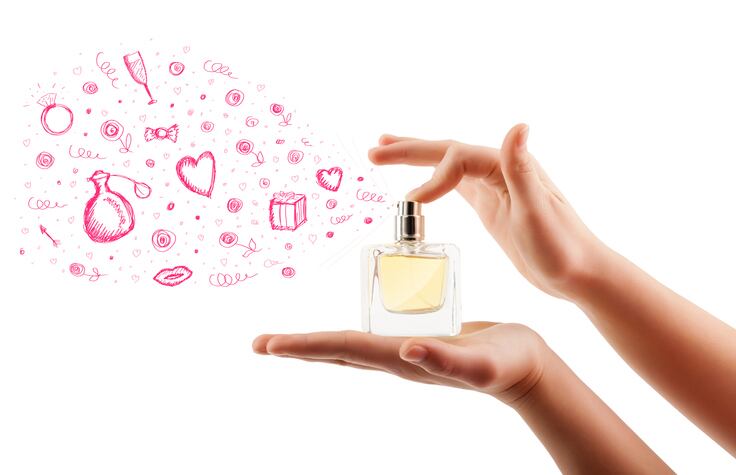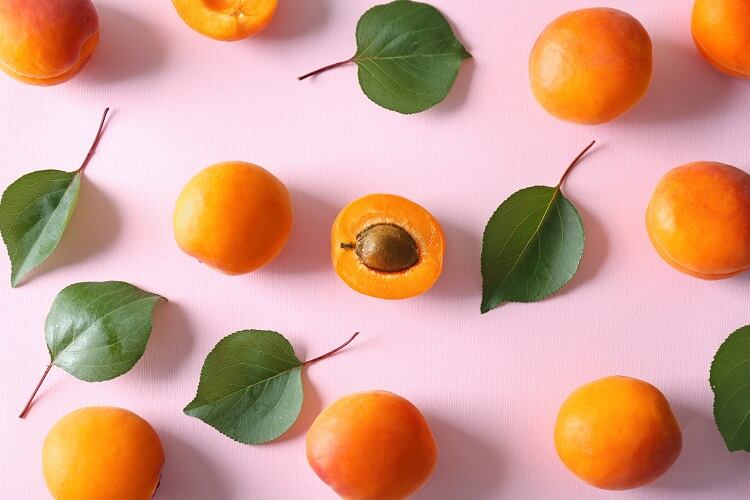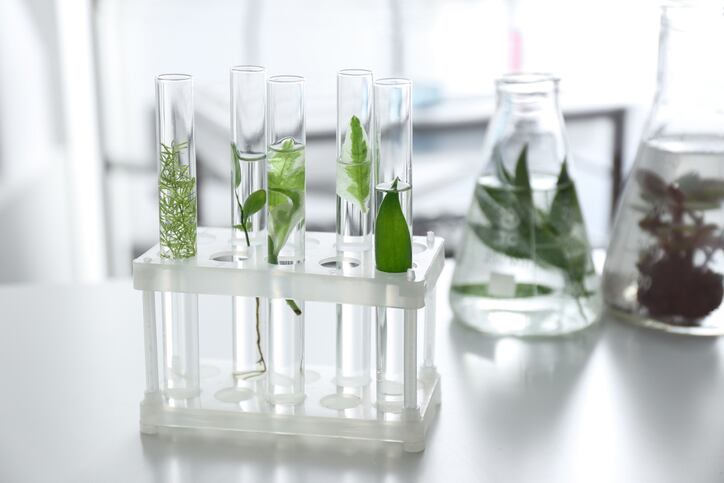Writing in Talanta, the team from universities in Portugal and Tunisia detailed a lab-made potentiometric e-tongue multi-sensor device they had designed for perfume analysis, using lipid sensor membranes to establish interactions with odorant compounds.
'Practical' and 'powerful' perfume classification
The device, they said, had proven to be a “powerful perfume classifier tool” that could successfully discriminate between perfumes designed for men and women; identify olfactory families; and correctly assess storage time-periods – all in a single-run assay.
This type of analysis was traditionally conducted through a combination of complex and expensive techniques that required skilled technicians, they wrote, including gas chromatography, mass spectrometry, gas chromatography-sniffing techniques and Phase Fourier-transform infrared (FTIR) spectroscopy, as well as working with trained sensory panellists. This device, however, when used together with linear discriminant analysis (LDA) and a simulated annealing (SA) variable selection algorithm, offered a “practical perfume classifier” alternative, they said.
“For the perfume sector, the possibility of applying fast, cost-effective and green analytical devices for perfume analysis would represent a huge economic revenue,” the scientists wrote in the study.
“…The satisfactory performance of the electronic tongue demonstrates the versatility of the proposed approach as a practical perfume preliminary classifier sensor device, which industrial application may be foreseen in a near future, contributing to a green-sustained economic growth of the perfume industry.”
…From food flavours and taste to olfactory profiles and fragrance
The scientists said e-tongue technology had been widely studied in the field of taste, for flavour analysis in foods, and was relatively common in the food science sector.
“E-tongues have been widely used to assess positive and negative sensory attributes of foods,” they said, with sensor lipid membranes used to interact with different polar compounds like phenolic compounds, esters, alcohols and aldehydes – some chemical families which were also found in perfumes. And so, using an e-tongue to analyse a perfume, whilst not immediately obvious, could prove “extremely relevant” during a perfume’s its liquid phase, they said, which contained chemical compounds responsible for the aroma profile.
Such analysis not only provided information on a perfume’s main fragrance notes, they said, but also their age – the storage time-period during which a chemical profile change was expected.
The scientists said there had only been one example of a voltammetric e-tongue used for perfume evaluation to detect the type of fragrances and concentration.
A future in perfumery beyond olfactory profiling
This study and device design, they said, might contribute to enlarging the e-tongue field of application that was currently mainly focused on food and environmental analysis – taking the technology into the “emerging and promising area” of perfume. And use could even be imagined beyond olfactory profile analysis, the scientists said.
“Several challenging applications may be foreseen in the future for electrochemical based sensor devices, namely to monitor the maceration and maturation critical phases of a perfume design, to detect the presence of legally restricted or forbidden fragrance-related substances or even to recognise the perfume brand allowing discriminating original and copied perfumes.”
Source: Talanta
Published: February 2020; Vol. 208 – doi: 10.1016/j.talanta.2019.120364
Title: “An electric tongue as a classifier tool for assessing perfume olfactory family and storage time-period”
Authors: A. Jarboui et al.




